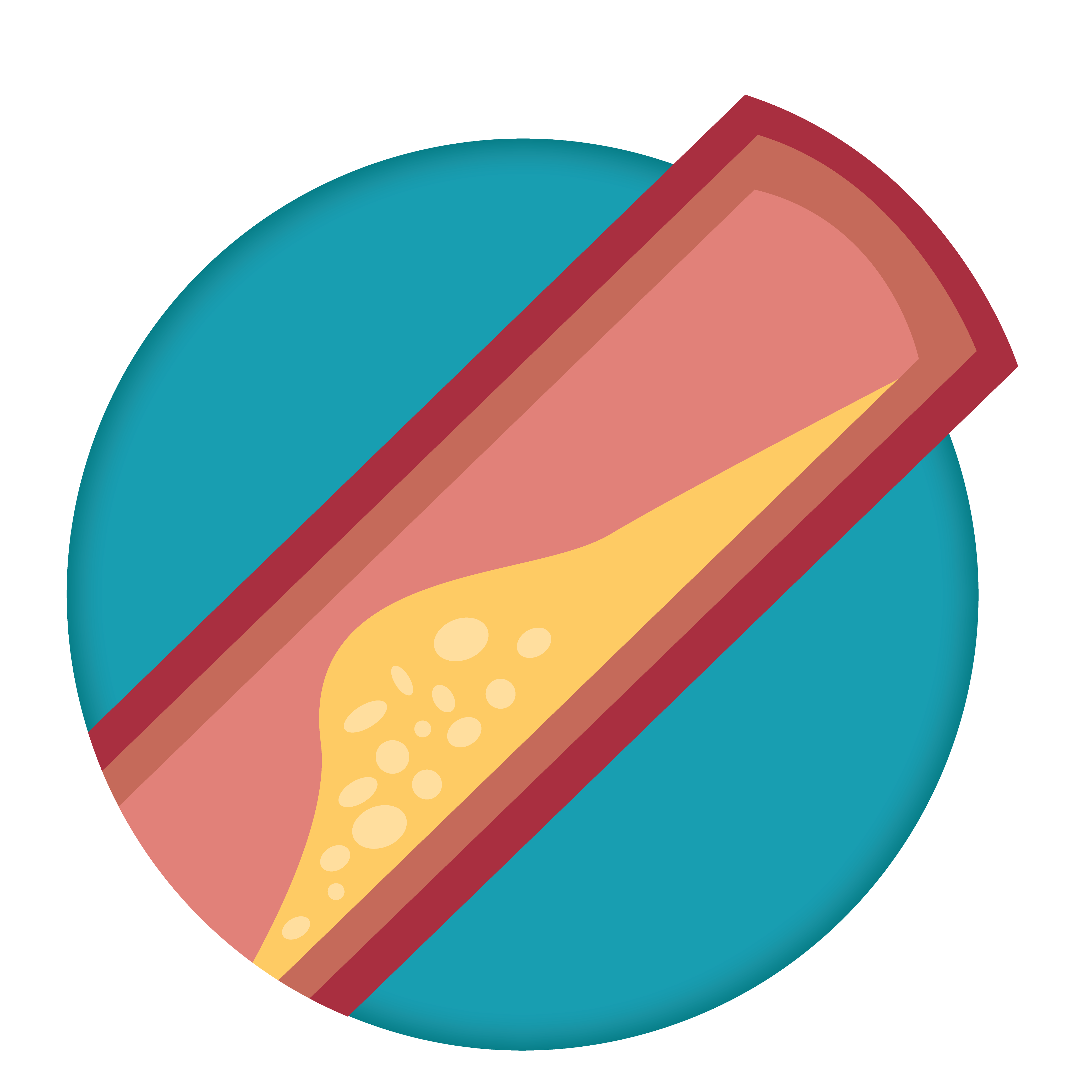Coronary Artery Disease
 Coronary artery disease (called CAD for short) is the most common type of heart disease.
Coronary artery disease (called CAD for short) is the most common type of heart disease.
It happens when your coronary arteries – which act like fuel lines to supply blood rich with oxygen and nutrients to the heart – become damaged or diseased. The main cause is a buildup of fat and cholesterol in the blood that sticks to the inner walls of the arteries (this is also called atherosclerosis). An unhealthy lifestyle, including a poor diet and lack of exercise, increases your risk of developing heart disease. In some cases, a family history of CAD plays a role.
Over time, the arteries can narrow or become blocked. Keep in mind, CAD typically develops over decades, so many people don't even know they have it until it starts causing problems. Also, the disease affects blood vessels throughout the body. It’s important to understand that even if major narrowing is found in one place, other areas likely also have some disease.
When you have CAD, your heart muscle may not get the blood and oxygen it needs. This can result in chest pain (angina) or a heart attack. For many people, this may be the first sign they have CAD. CAD is often to blame for heart failure and heart rhythm disorders (arrhythmias), too.
You are more likely to develop CAD and other heart problems if you are overweight, smoke, or don't exercise regularly. Having diabetes, high blood pressure or high cholesterol also increases your risk. Luckily, heart-healthy choices can make a big difference.
The sooner you can make positive changes to support your heart health, the better. The goal is to reduce your risk of heart problems down the line. Use this condition center to learn more about coronary artery disease.
- Last Edited 12/06/2021

